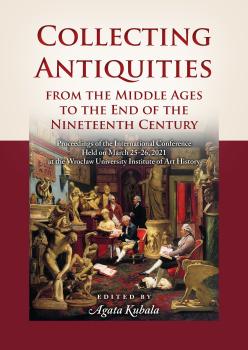Collecting Antiquities at the Archaeological Museum of the Royal University in Wrocław in the Second Half of the Nineteenth Century .......... 237
Synopsis
In the second half of the nineteenth century, the museum at the University in Wrocław (formerly Breslau) was reorganised. As a result, the institution was granted a new name and a new – archaeological – profile. The changes were initiated by August Rossbach (1823–1898), professor of classical philology and archaeology, director of the museum from 1856 to 1898. Through his efforts, theuniversity museum started to professionally specialise in Antiquity. Above all, Rossbach significantly developed the collection of copies of ancient art, which were used as research and teaching tools. Through his efforts, the collection of the Archaeological Museum grew rich with some original pieces, including the collection of Eduard Schaubert (1804–1860), terracotta figurines from Taranto, and ceramic vessels from the collection of Carlo d’Ottavio Fontana of Trieste. The museum also took care of a coin collection catalogued by a famous numismatist, Julius Friedländer (1813–1884), upon Rossbach’s request. Thanks to Rossbach, in the 1870s, the museum boasted one of the largest German university collections in archaeology. At that time, the institution was an important research, educational, and cultural centre in Wrocław.





